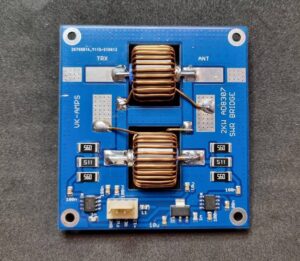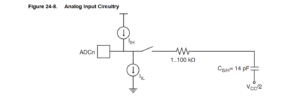I have lots of projects across a range of microcontroller architectures where reliably programming a new instance of the target is required.
Using an IDE to compile and load, eg traditional / common use of the Arduino IDE, is not a path to that reliability.
A better approach is to save compiled binaries, and have a saved method of programming the chip, binary application code, EEPROM if needed, and hardware settings such as fuse bits, options etc.
Let’s look at an example, a cmd file or bat file to program certain Arduino architecture boards with a customised Optiboot bootloader. Continue reading WriteOptiBoot.bat
Last update: 8th August, 2022, 2:05 AM







